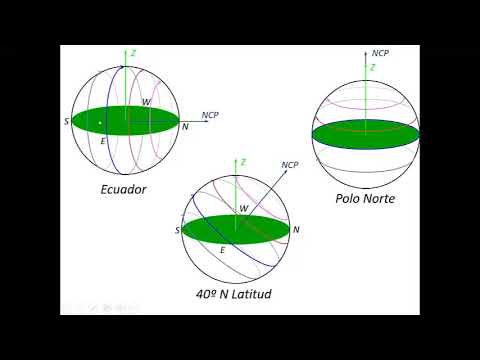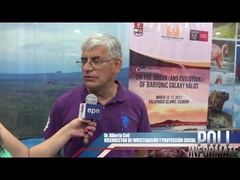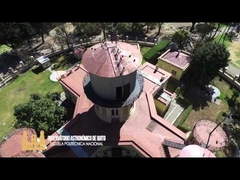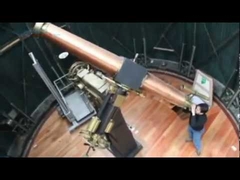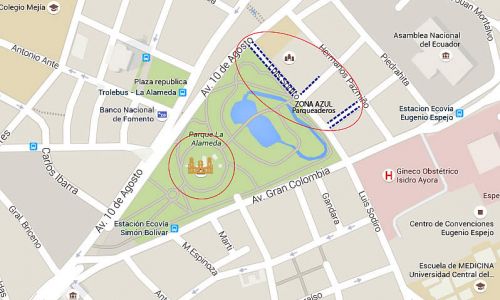Disruption of a massive molecular cloud by a supernova in the Galactic Centre: Initial results from the ACES project
AUTORES:M. Nonhebel, A.T. Barnes, K. Immer, J. Armijos-Abendaño, J. Bally, C. Battersby, M.G. Burton, N. Butterfield, L. Colzi, P. García, A. Ginsburg, J.D. Henshaw, Y. Hu, I. Jiménez-Serra, R.S. Klessen, F.-H. Liang, S.N. Longmore, X. Lu, S. Martín, F. Nogueras-Lara, M.A. Petkova, J.E. Pineda, V.M. Rivilla, Á. Sánchez-Monge, M.G. Santa-Maria, H.A. Smith, Y. Sofue, M.C. Sormani, V. Tolls, D.L. Walker, Q.D. Wang, G.M. Williams, F.-W. Xu
abstract

The Milky Way's Central Molecular Zone (CMZ) differs dramatically from our local solar neighbourhood, both in the extreme interstellar medium conditions it exhibits (e.g. high gas, stellar, and feedback density) and in the strong dynamics at play (e.g. due to shear and gas influx along the bar). Consequently, it is likely that there are large-scale physical structures within the CMZ that cannot form elsewhere in the Milky Way. In this paper, we present new results from the Atacama Large Millimeter/submillimeter Array (ALMA) large programme ACES (ALMA CMZ Exploration Survey) and conduct a multi-wavelength and kinematic analysis to determine the origin of the M0.8−0.2 ring, a molecular cloud with a distinct ring-like morphology. We estimate the projected inner and outer radii of the M0.8−0.2 ring to be 79" and 154", respectively (3.1 pc and 6.1 pc at an assumed Galactic Centre distance of 8.2 kpc) and calculate a mean gas density >104 cm−3, a mass of ∼ 106 M⊙, and an expansion speed of ∼ 20 km s−1, resulting in a high estimated kinetic energy (>1051 erg) and momentum (>107 M⊙ km s−1). We discuss several possible causes for the existence and expansion of the structure, including stellar feedback and large-scale dynamics. We propose that the most likely cause of the M0.8−0.2 ring is a single high-energy hypernova explosion. To viably explain the observed morphology and kinematics, such an explosion would need to have taken place inside a dense, very massive molecular cloud, the remnants of which we now see as the M0.8−0.2 ring. In this case, the structure provides an extreme example of how supernovae can affect molecular clouds.



